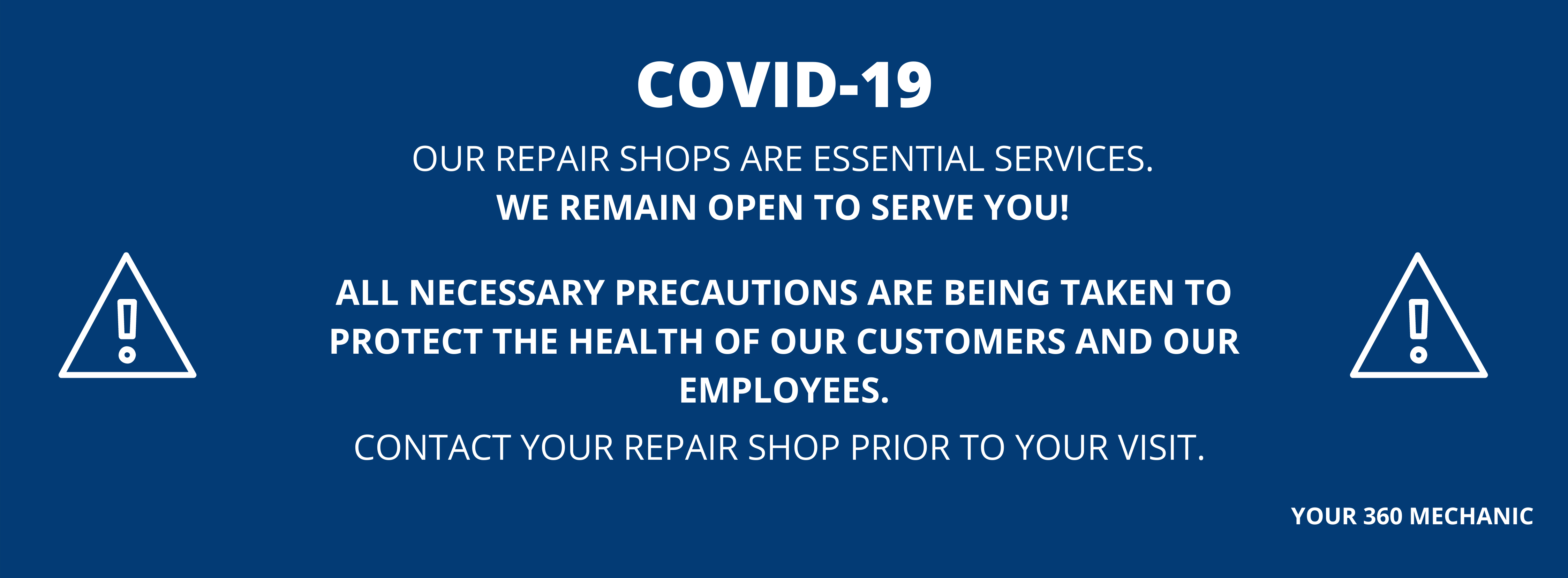The injection system: the device that “feeds” the engine
In every modern petrol car there is an injection system, the role of which is to fuel the engine by delivering fuel to the combustion chamber. In the past, vehicles were more likely to have a carburetor, a term you’re probably familiar with. Today’s fuel injection systems are much more efficient than their predecessors and operate using sophisticated electronic modules connected to sensors.
By definition, the injection system manages the amount of fuel and air injected into the engine. To do this, its sensitive sensors take into account, among other things, the following variables:
– Oil pressure;
– Speed;
– Fuel temperature;
– Atmospheric conditions.
In short, these intelligent sensors ensure that the engine is supplied with the right amount of fuel and air: when there is too much, the engine “drowns”; when there isn’t enough, it won’t start. A perfectly calibrated and well-maintained fuel injection system improves engine power and minimizes fuel consumption.
Inspection and Cleaning
If it is not checked and cleaned regularly, about every 2 years or 45,000 km, your car’s injection system can become clogged, which will affect its efficiency and probably require costly repairs. Here are some signs that yours is in poor condition :
– You have difficulty accelerating;
– Your engine stalls repeatedly;
– Your fuel consumption is increasing;
– You hear knocking sounds.
To find out the condition of your injection system, make an appointment at a M 360 Mechanic repair shop in your area!
